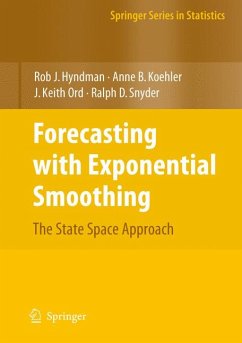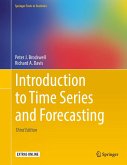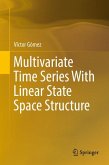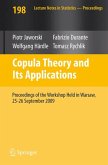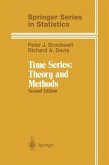Rob J. Hyndman is a Professor of Statistics and Director of the Business and Economic Forecasting Unit at Monash University, Australia. He is Editor-in-Chief of the International Journal of Forecasting, author of over 100 research papers in statistical science, and received the 2007 Moran medal from the Australian Academy of Science for his contributions to statistical research.
Anne B. Koehler is a Professor of Decision Sciences and the Panuska Professor of Business Administration at Miami University, Ohio. She has numerous publications, many of which are on forecasting models for seasonal time series and exponential smoothing methods.
J.Keith Ord is a Professor in the McDonough School of Business, Georgetown University, Washington DC. He has authored over 100 research papers in statistics and its applications and ten books including Kendall's Advanced Theory of Statistics.
Ralph D. Snyder is an Associate Professor in the Department of Econometrics and Business Statistics at Monash University, Australia. He has extensive publications on business forecasting and inventory management. He has played a leading role in the establishment of the class of innovations state space models for exponential smoothing.
Dieser Download kann aus rechtlichen Gründen nur mit Rechnungsadresse in A, B, BG, CY, CZ, D, DK, EW, E, FIN, F, GR, HR, H, IRL, I, LT, L, LR, M, NL, PL, P, R, S, SLO, SK ausgeliefert werden.
Hinweis: Dieser Artikel kann nur an eine deutsche Lieferadresse ausgeliefert werden.

